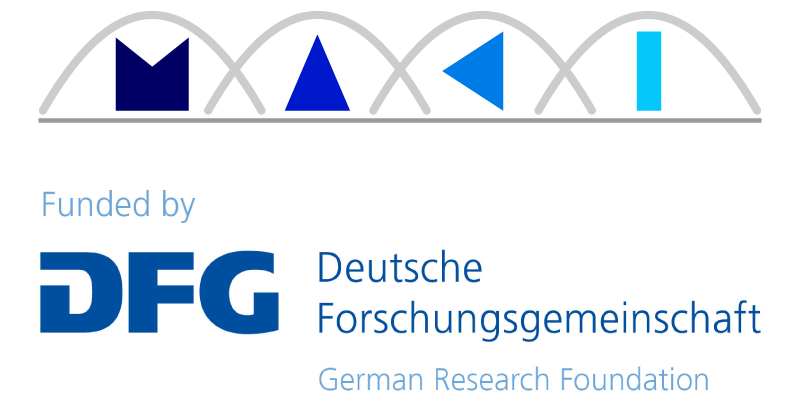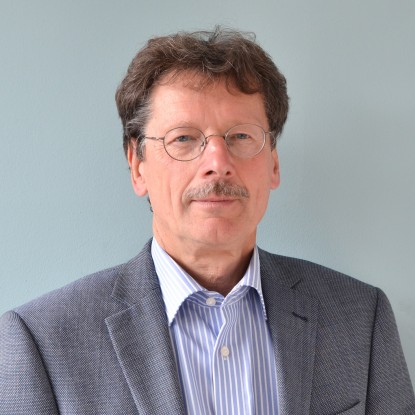Gathering of people as a cause for nettransitions
This subproject aims to model user behavior in the context of urban MAKI-scenarios. The long-term objective is to develop a model which allows to observe the process of gathering of people in real life on the Internet and which could be used for simple predictions. Following this agenda, the main focus is on net-based automatic recognition and explanation of spontaneous gathering of people. Understood as local aggregations of users, they lead to emergent behavior of people in cities. Therefore, spontaneous aggregations of people serve as a central cause for transitions within the network. Amplified by modern ubiquitous communication technology, they recently appear as Flash Crowds, Smart Mobs or, usually without planning, as facebook-parties or similar events. Those spontaneous aggregations have been very rarely subject of scientific research. However, they provide challenges for communication infrastructures. The most important challenge is adapting to a changing situation and continuing to guarantee service on a satisfying level.
During the first phase of MAKI, TP C04 seeks to examine those spontaneous aggregations with Flash Mobs being the object of investigation. Later on the findings will be generalized for developing general ways of predicting forms of usage. A decisive part in doing this is to develop methods which are sensitive for aggregations and therefore allow the network to adapt in time. Recognizing activity patterns of users, with special emphasis on differences between cities, will be at the core of our research.
In terms of methodology there will be a mix of different methods to gather all necessary information about gathering of people for developing a user behavior model: First there is an analysis of messages and user behavior in online social networks (OSN) which aims to identify patterns in organizing aggregations of people in urban environments. The second methodological strand is the automatic analysis of sound- and video recordings which are expected to provide further detailed information for identifying spontaneous aggregations. A sociological approach will identify and explain deviation from everyday life patterns in regard to the specific everyday life in the particular city.
In this TP, algorithms will be developed which allow to collect and analyze messages and user behavior in OSN and allow to analyze videos of such aggregations. Those algorithms will be evaluated by methods of empirical social research. Furthermore, based on technology from TP C01-C03, we will implement applications for mobile phones. These applications will be able to capture the development in a certain situation in a distributed manner. Together with information, provided from network monitoring (B01), it will be possible to do simple predictions of upcoming situations in the network. These applications will be tested in two major cities to review and illustrate their characteristics.
In the second phase of SFB MAKI the model will be expanded to a general model of human mobility and aggregation and will be tested in additional cities. The algorithms analyzing videos and data from OSN will be improved and information extern to the socio-technical system MAKI will be added to the prediction model.
Subproject leader C04
- Prof. Dr.-Ing. Wolfgang Effelsberg
- Prof. Dr. phil. Martina Löw
- Prof. Dr.-Ing. Thorsten Strufe



